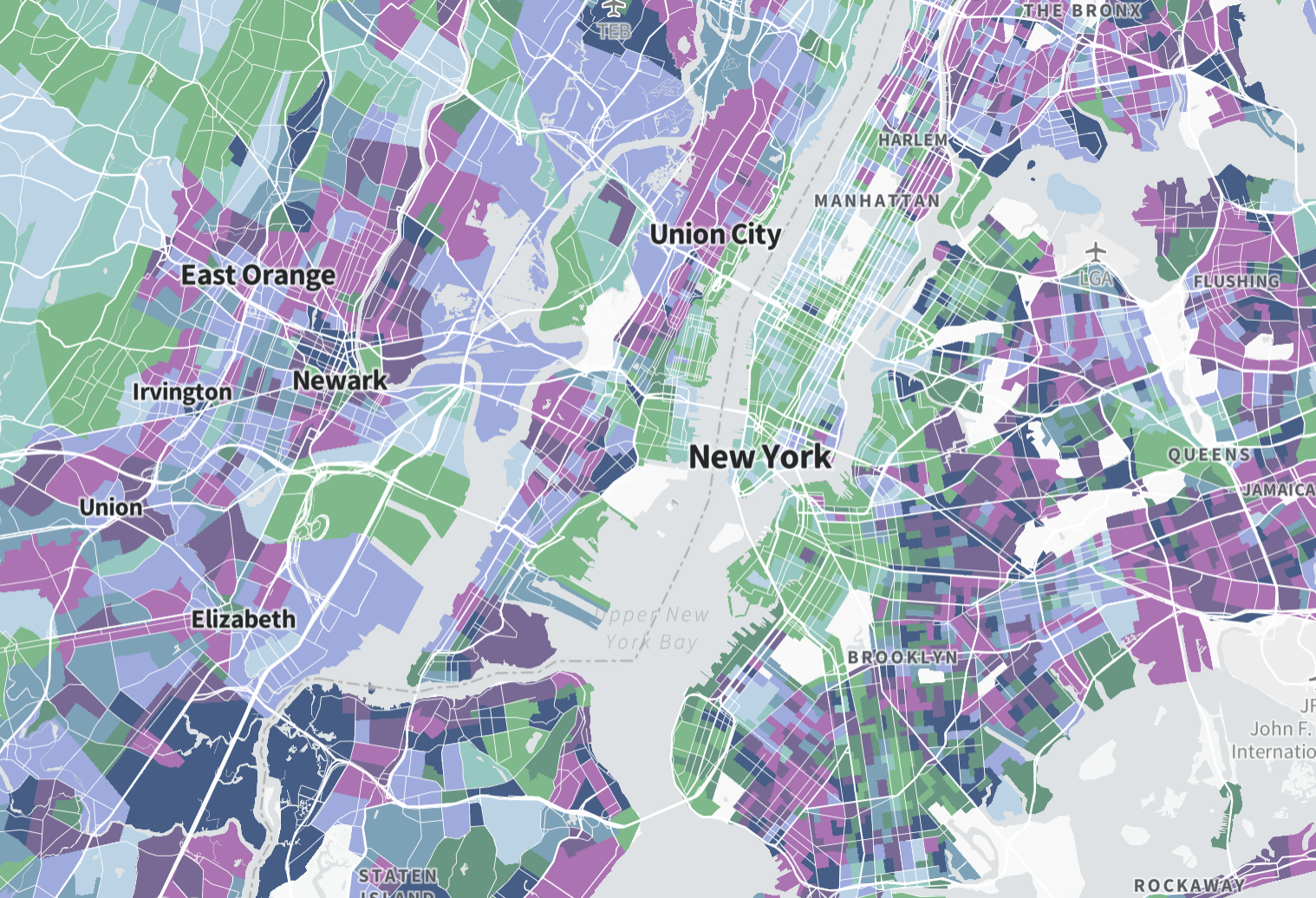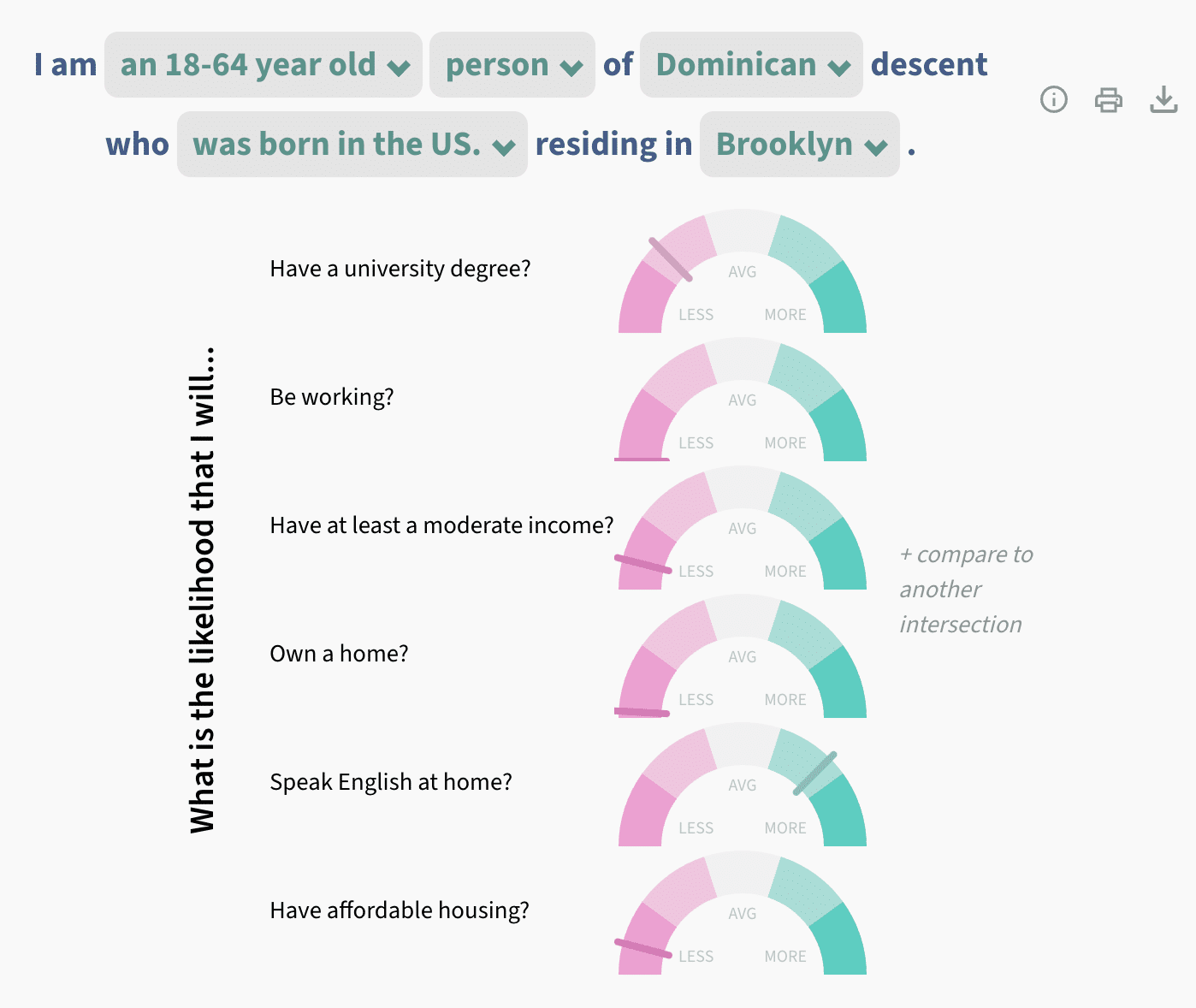Global Superdiversity with the Max Planck Institute
Visualizing the nature of diversity in urban areas


Background
Urban populations today show fluctuating combinations of nationality, ethnicity, language, religion, age, gender, legal status, class and human capital. Such changing combinations of traits lead to superdiversity – a concept highlighting the fact that current diversity patterns significantly supersede earlier ones.
What We Built
This project was initiated by professors at the Max Planck Institute and the University of British Columbia, who wanted to show how the nature of diversity in our urban areas around the world has been changing over the past few decades. Our goal was to explore the idea that not only have the countries that people have been coming from to these three cities changed over time, but the makeup of the people who are migrating has changed.
We explored superdiversification across Canada, Australia, New Zealand, and the United States by visualizing immigration data for those countries (and cities within those countries) through a number of different lenses, illuminating the many complex cultural and economic factors that drive immigration patterns.
